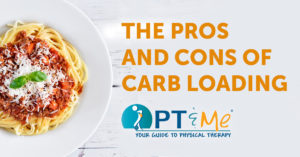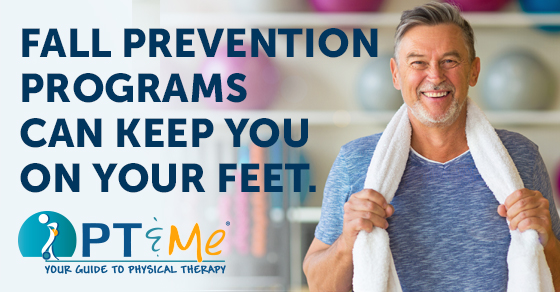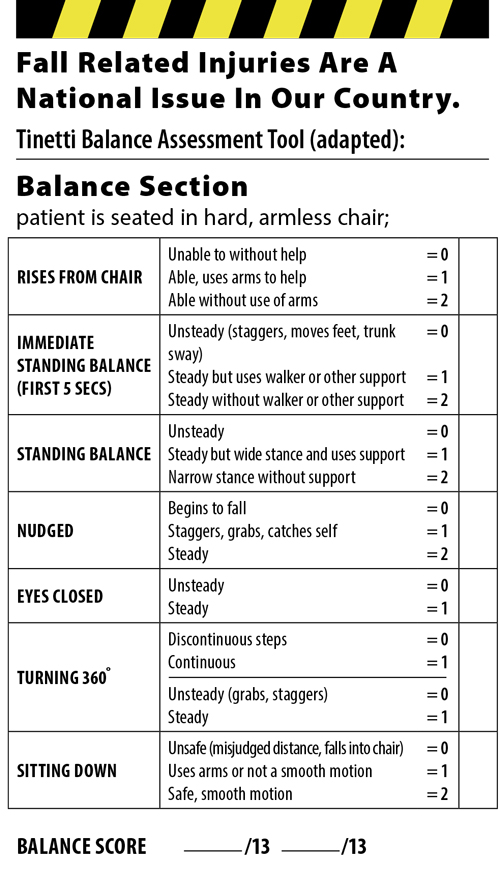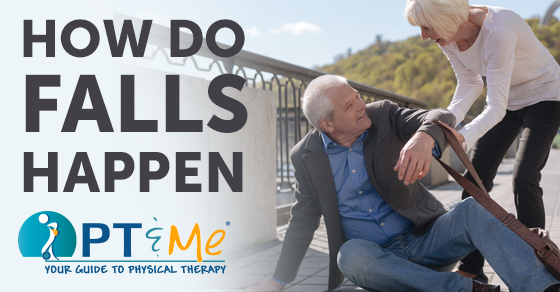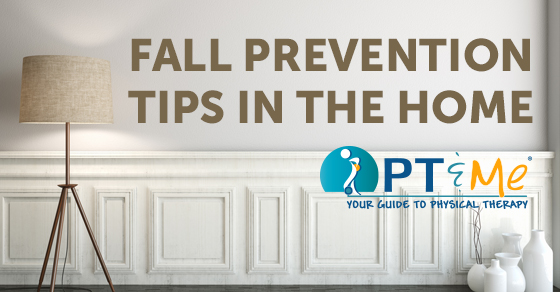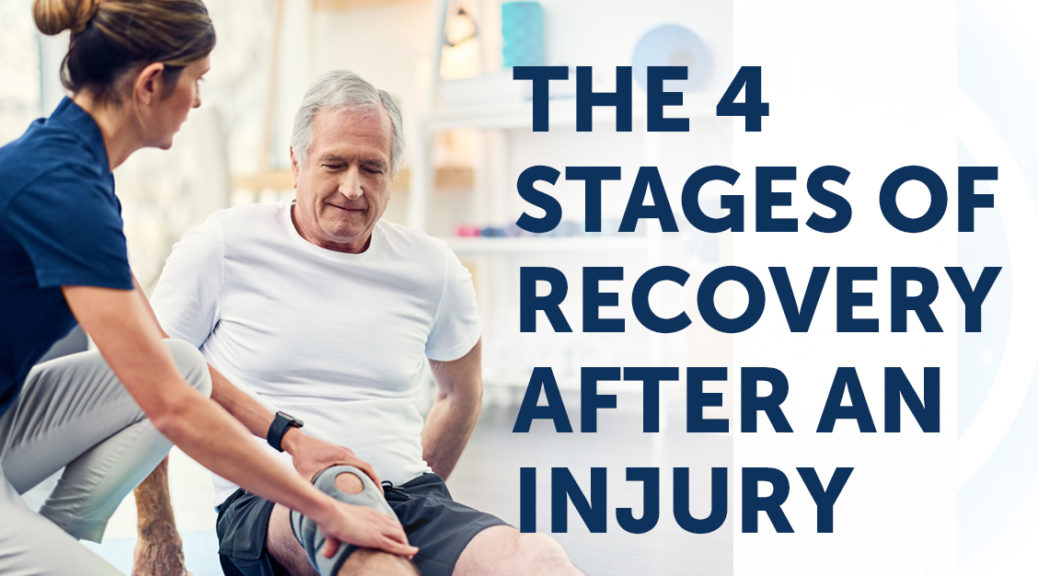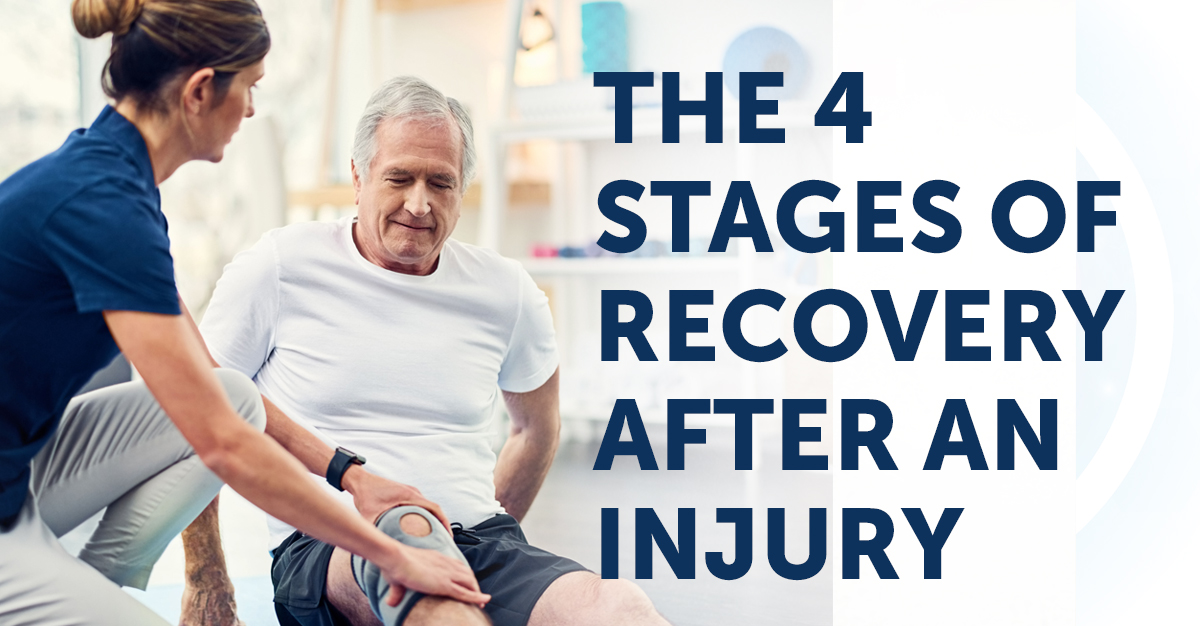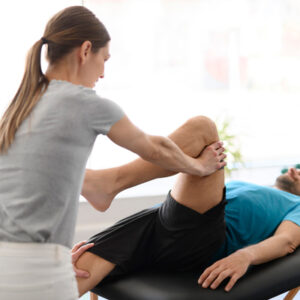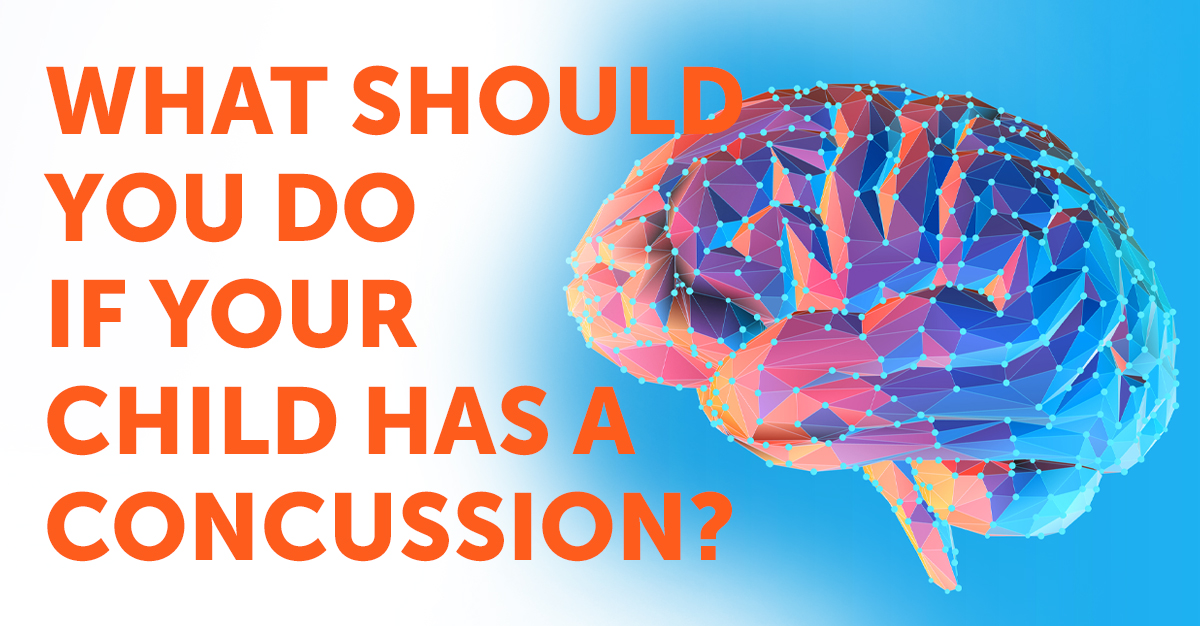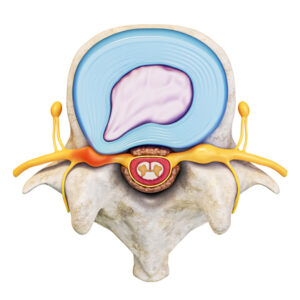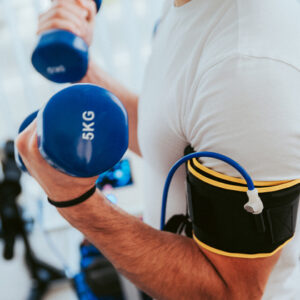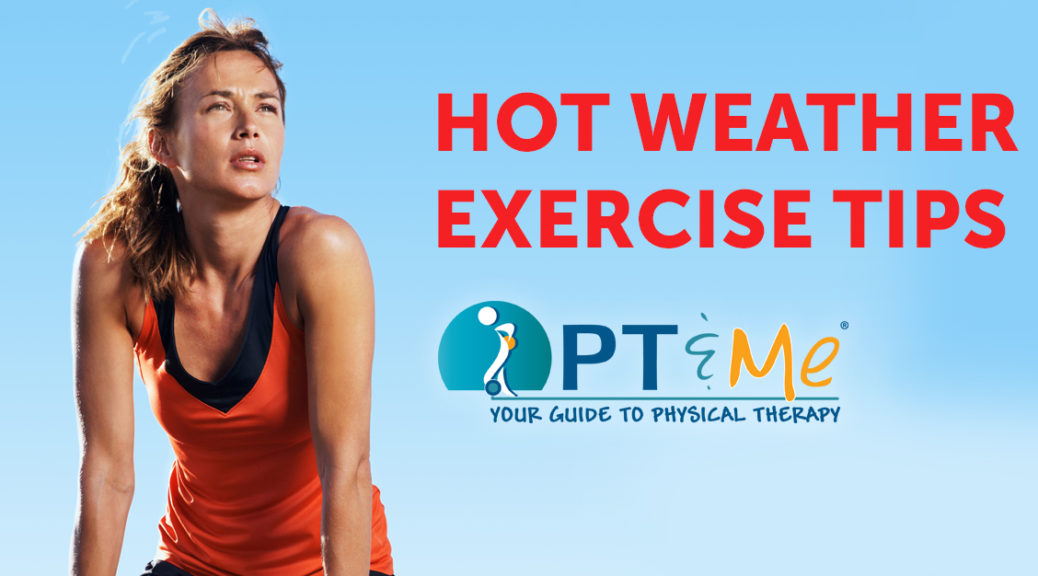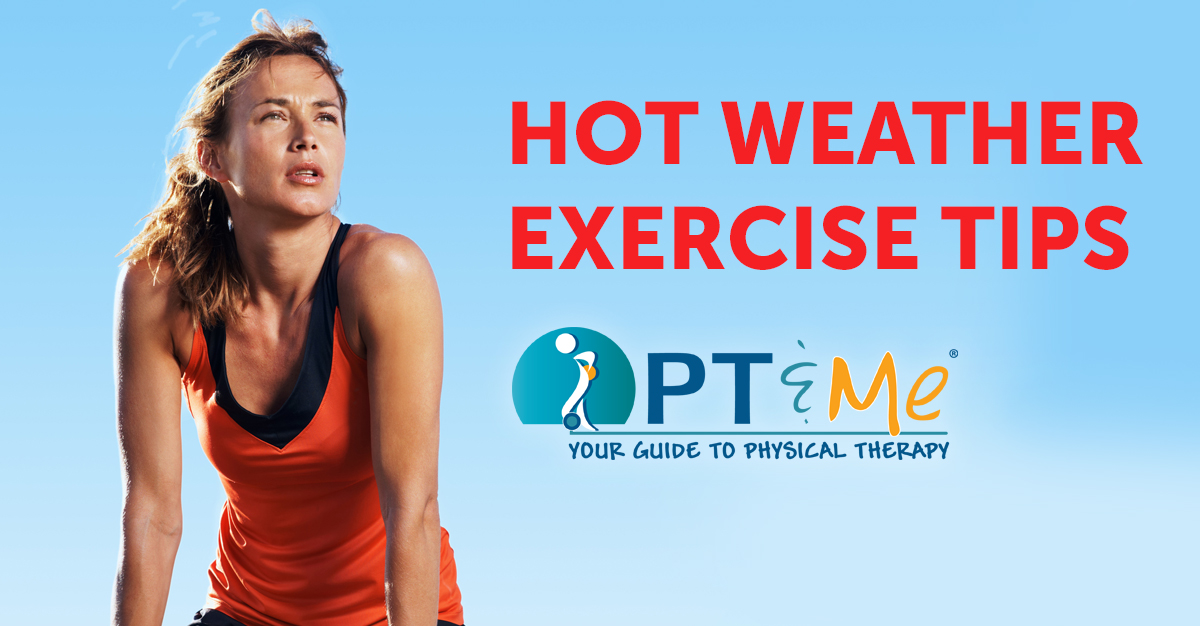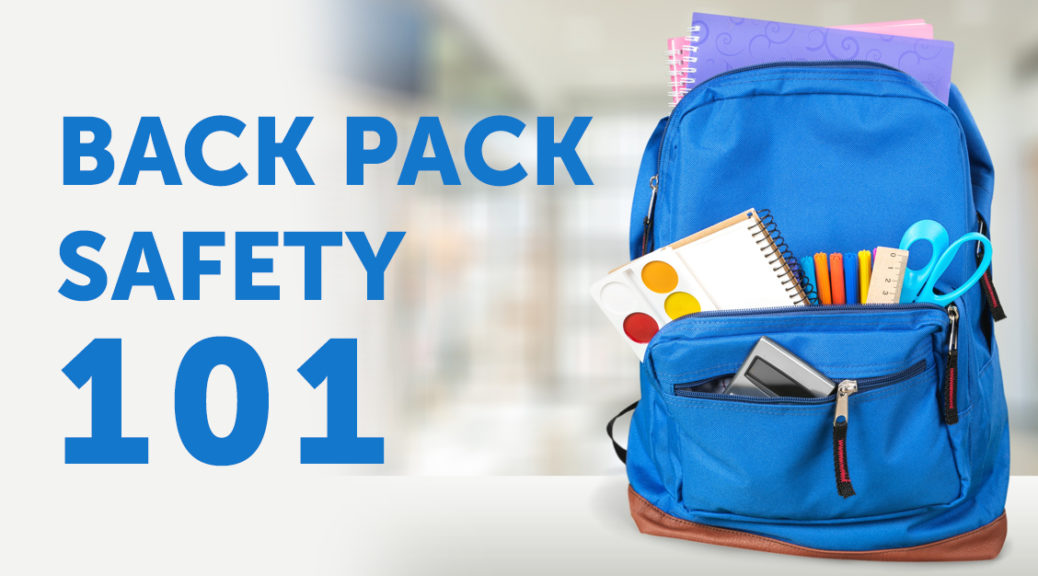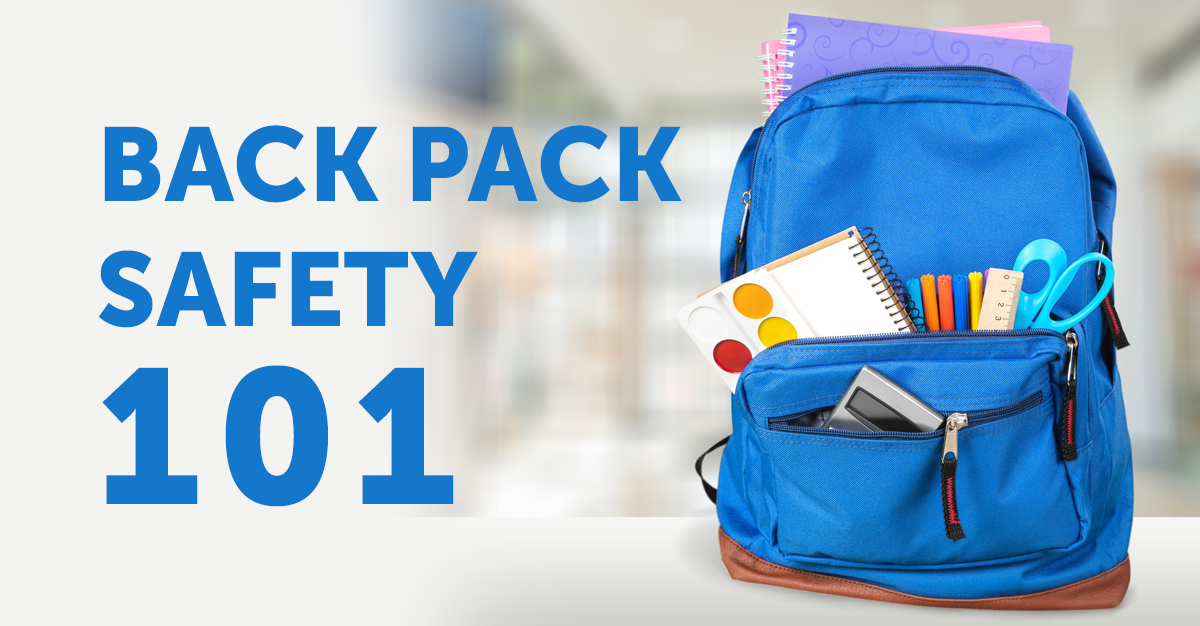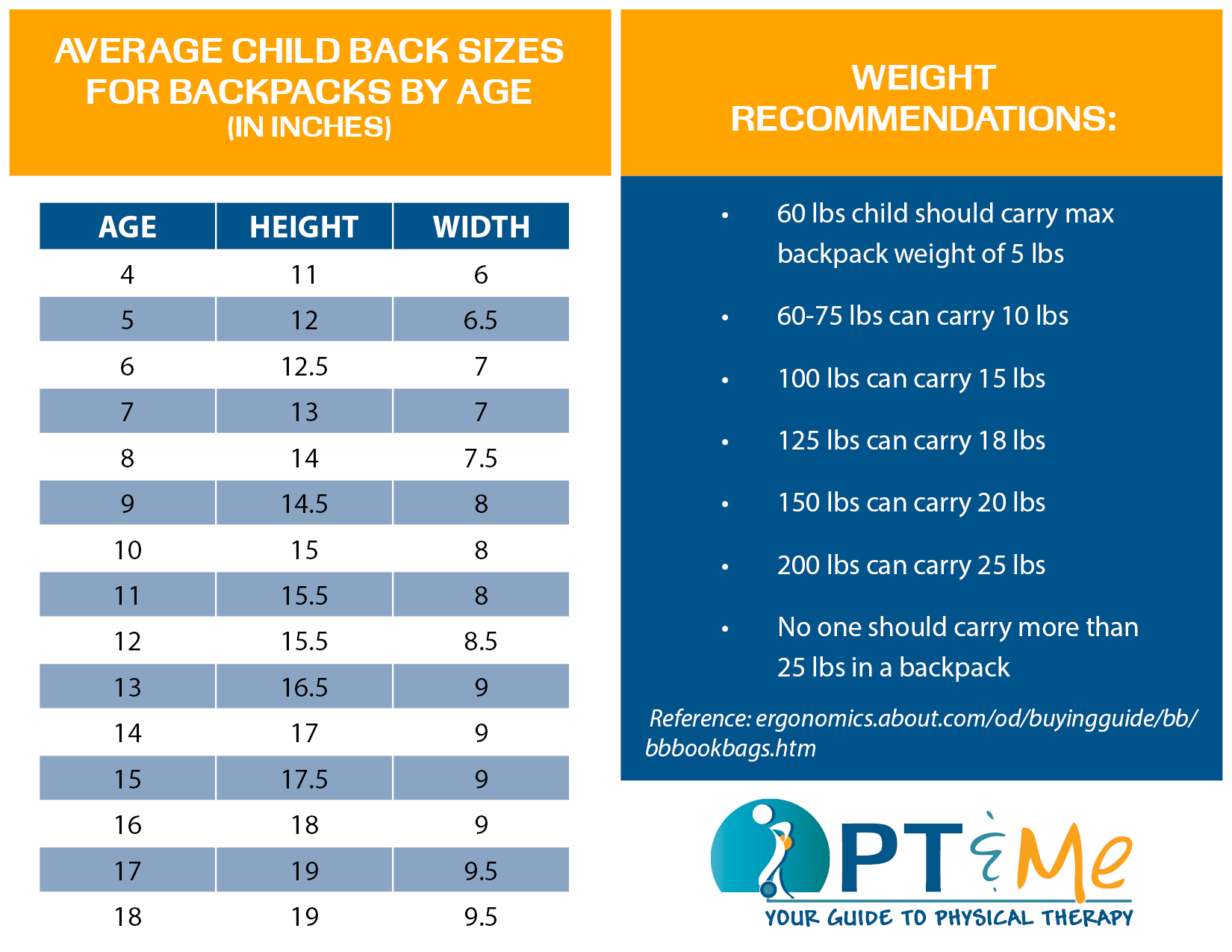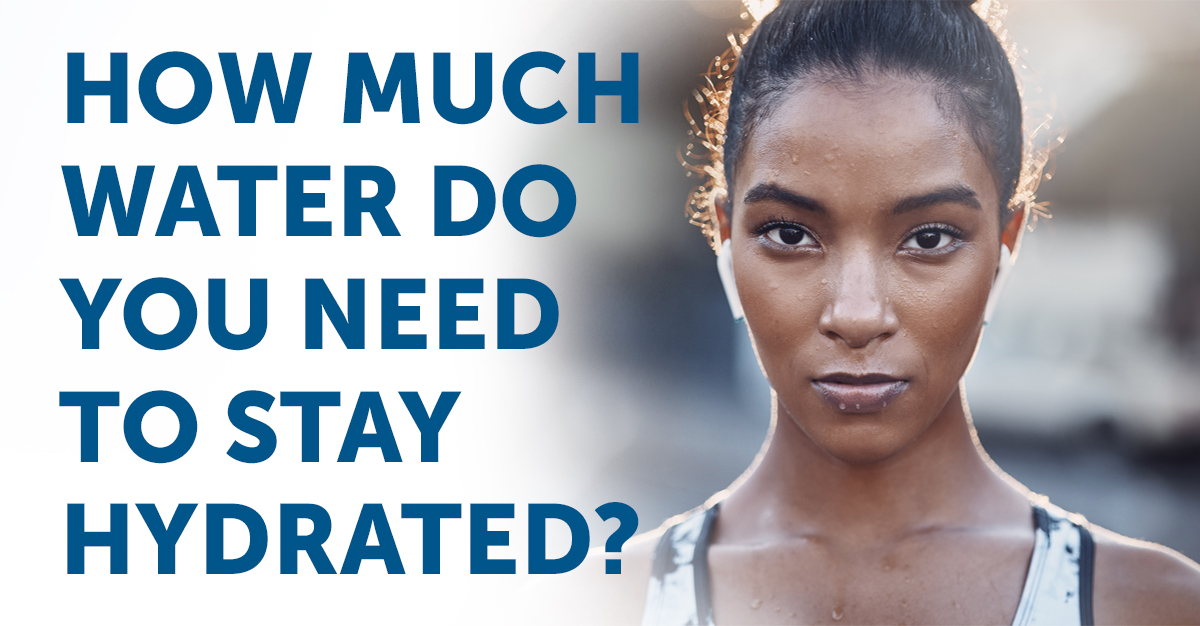
What athletes eat can have effects on game-day performance. It’s important to eat foods that will fuel the body and provide enough energy during the game. Carb-loading, however, is not a beneficial strategy for everybody. Loading up on carbs has both its pros and its cons for different athletes. With this in mind, we have put together our game day nutrition general list of some foods to consider before, during, and after a game.

Updated: 3/8/2023
Why you Should Eat Before a Game or Workout and What Foods are Best?
Many people who eat a nutrient-dense diet that meets their energy needs don’t need extra fuel to exercise at moderate intensity for 60 minutes or less. Because a game usually lasts longer than an hour of strenuous activity, it is recommended that you eat some type of snack or meal before your game.
Right Timing – Before the Game
Aim to have a snack or a small meal 1 to 3 hours before your game. This will give your body enough time to digest any foods before the game. You can have tummy troubles or GI discomfort if you chow down right before. That’s because more blood goes to your muscles during exercise, leaving less for digestion. These competing demands can become a challenge for optimal performance.
Carbohydrates provide the primary fuel for exercising muscles. Athletes should focus on eating carbs, which are broken down in the small intestine. A pre-workout snack that’s a mix of carbs, protein, and healthy fats can give you the energy you need to push yourself harder.
Recommendations for what to eat before a game or workout:
- Oatmeal with berries
- Balanced energy bar
- A banana, an apple or other fresh fruit
- Yogurt
- A fruit smoothie
- A whole-grain bagel or crackers
- Granola bar
- A peanut butter and apple sandwich
Avoid
- High-fiber foods – broccoli, baked beans, bran cereal
- High-fat foods – eggs, meat, cheese
- Sugar, soda, candy
- New foods
What to Eat During the Game
As mentioned before, having food during exercise may result in stomach cramps. Hydration is key during this time. Although there are certain foods that provide energy-boosting hydration as well. Hydrate based on the length and intensity of the activity. Replace fluids according to thirst and weather
Consume
- Drink 16-32 oz. per hour for workouts longer than 1 hour
- Sports drinks – for activity longer than 1 hour
- Watermelon and orange slices are good for halftime
Avoid
- High-sugar snacks and drinks – candy, soda, fruit juice
- Energy drink, caffeine
- Refined carbs – bread, pasta
- Sugar and caffeine may upset the stomach leading to lower performance
What to Eat After a Game or Workout:
The most important meal on game day is what you eat after your game or workout. During heavy exercise, your body taps into your glycogen storage for energy, which is the fuel stored in your muscles. After you’ve given it your all to win the game, your muscles have been depleted of their glycogen and broken down. The smartest thing to do after a game is to eat/drink something with protein and carbohydrates around 30 minutes after the game. This will ensure that your energy stores are refilled, your muscles that were broken down are given nourishment to rebuild and repair, and will keep your metabolism at a steady pace.
Research shows that the body’s ability to refill muscle stores decreases by 50 percent if you wait to eat just two hours after your workout. The sooner you refuel, the better!
Here are a few great snack ideas and meal options for you to refuel after your game
Post-Game Recommended Foods
- Turkey on whole-grain bread with vegetables
- Protein shake made with half a banana, one scoop of protein powder, almond milk, and hemp seeds
- Grilled salmon with a baked sweet potato
- Omelet stuffed with sautéed vegetables and avocado
- Grilled chicken with sautéed or steamed vegetables
- Salad with roasted chickpeas light olive oil, and vinegar (Vegan)
- Sautéed or steamed vegetables, with non-GMO tofu (Vegan)
- Quinoa bowl with blackberries and pecans (Vegan)
- Burrito with beans, brown rice, guacamole, and salsa (Vegan)
Post-Game or Workout Foods to Avoid
- Concession candy
- High-fat, fried foods
- Energy drinks, soda
- Large, low-protein meals
Don’t Forget About Electrolytes:
Electrolytes are essential minerals that your body needs to stay hydrated before, during, and after exercise. But they do more than that. Electrolytes also support our body’s vital functions, such as muscle contraction (including the heart), blood pressure, nerve signaling, and much more. They help your body retain fluid during heavy exercise when you’re sweating, so they can also keep joints lubricated and maintain your energy, avoiding dehydration-related fatigue. Adding an electrolyte supplement to your drink throughout the day will keep you in check. Adding lemon and a bit of sea salt to your drink will do the trick as well!
Injured? Need to find a sports nutritionist for designing your game day nutrition plan? Reach out to a physical therapy clinic near you to get a local recommendation and find the help you need!

Read our article on carb loading:
